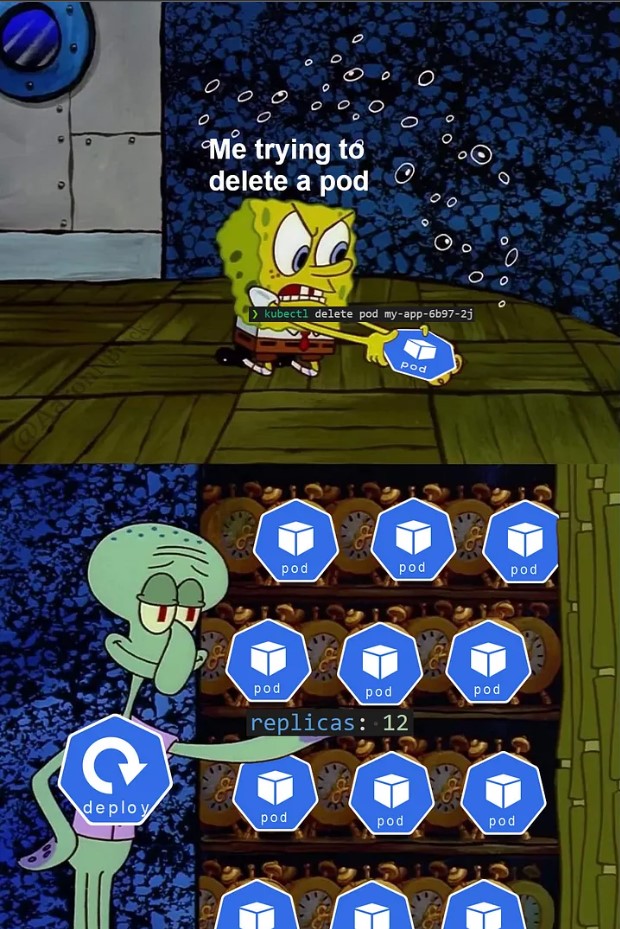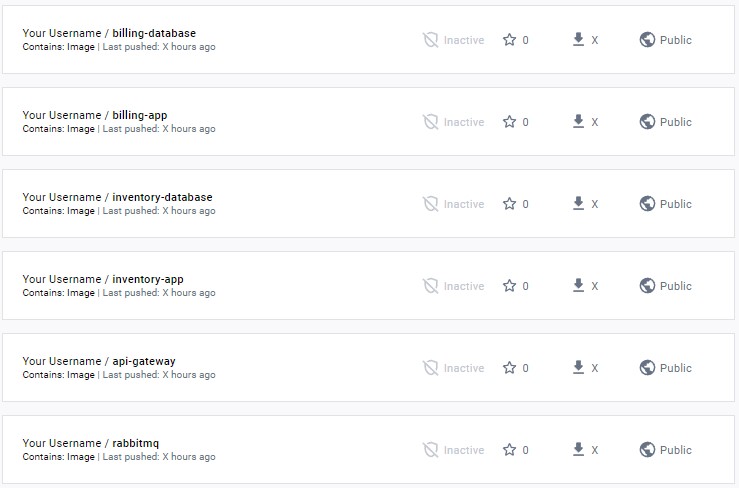5.5 KiB
Orchestrator
Objectives
In this project, You will deploy a microservices' architecture on Kubernetes, you will gain experience with key technologies and concepts such as Kubernetes architecture, deployments, services, ingresses, and API gateways. Additionally, this project will provide you with an opportunity to practice DevOps skills such as containerization, continuous integration, and deployment (CI/CD), and infrastructure as code (IaC) using Kubernetes manifests. By completing this project, you will have a solid understanding of microservices architecture and the tools and techniques used to deploy and manage such systems using Kubernetes.
Tips
- Spend time on the theory before rushing into the practice.
- Read the official documentation.
- You must understand the K8s components.
Any lack of understanding of the concepts of this project may affect the difficulty of future projects, take your time to understand all concepts.
Be curious and never stop searching!
Architecture
You have to deploy this microservices' architecture in a K3s cluster consisting of the following components:
inventory-database containeris a PostgreSQL database server that contains your inventory database, it must be accessible via port5432.billing-database containeris a PostgreSQL database server that contains your billing database, it must be accessible via port5432.inventory-app containeris a server that contains your inventory-app code running and connected to the inventory database and accessible via port8080.billing-app containeris a server that contains your billing-app code running and connected to the billing database and consuming the messages from the RabbitMQ queue, and it can be accessed via port8080.RabbitMQ containeris a RabbitMQ server that contains the queue.api-gateway-app containeris a server that contains your API gateway code running and forwarding the requests to the other services, and it's accessible via port3000.
Use the Dockerfiles provided here
The cluster
By using K3s in Vagrant you must create two virtual machines:
-
Master: the master in the K3s cluster. -
Agent: an agent in the K3s cluster.
You must install kubectl on your machine to manage your cluster.
The nodes must be connected and available!
$> kubectl get nodes -A NAME
STATUS ROLES AGE VERSION
<master-node> Ready <none> XdXh vX
<agent1-node> Ready <none> XdXh vX
$>
You must provide a orchestrator.sh script that run and create and manage the
infrastructure:
$> ./orchestrator.sh create
cluster created
$> ./orchestrator.sh start
cluster started
$> ./orchestrator.sh stop cluster stopped $>
Docker Hub
You will need to push the Docker images for each component to Docker Hub.
You will use it in your Kubernetes manifests.
Manifests
You should create a YAML Manifest that describes each component or resource of your deployment.
Secrets
You must store your passwords and credentials as a K8s secrets.
It's forbidden to put your passwords and credentials in the YAML manifests, except the secret manifests!
Applications deployment instructions
The following applications must be deployed as a deployment, and they must be scaled horizontally automatically, depending on CPU consumption.
-
api-gateway: max replication: 3 min replication: 1 CPU percent trigger: 60% -
inventory-app: max replication: 3 min replication: 1 CPU percent trigger: 60%
The billing-app must be deployed as StatefulSet.
Databases
Your databases must be deployed as StatefulSet in your K3s cluster, and you must create volumes that enable containers to move across infrastructure without losing the data.
Documentation
You must push a README.md file containing full documentation of your solution
(prerequisites, configuration, setup, usage, ...).
Bonus
If you complete the mandatory part successfully, and you still have free time, you can implement anything that you feel deserves to be a bonus, for example:
-
Use the
Dockerfileyou have defined in your solution forplay-with-containers -
Deploy a Kubernetes Dashboard to monitor the cluster
-
Deploy a dashboard for applications logs
-
Kubernetes in cloud ?!
Challenge yourself!
Submission and audit
You must submit the README.md file and all files used to create and delete
and manage your infrastructure: Vagrantfile, Dockerfiles, Manifests, ...
.
├── Manifests
│ └── [...]
├── Scripts
│ └── [...]
├── Dockerfiles
│ └── [...]
└── Vagrantfile
If you decide to use a different structure for your project remember you should be able to explain and justify your decision during the audit.
In the audit you will be asked different questions about the concepts and the practice of this project, prepare yourself!
What's next?
In order to develop your knowledge and career as a DevOps engineer, we highly recommend you to learn and practice more about Kubernetes and even get a certification for Kubernetes.


